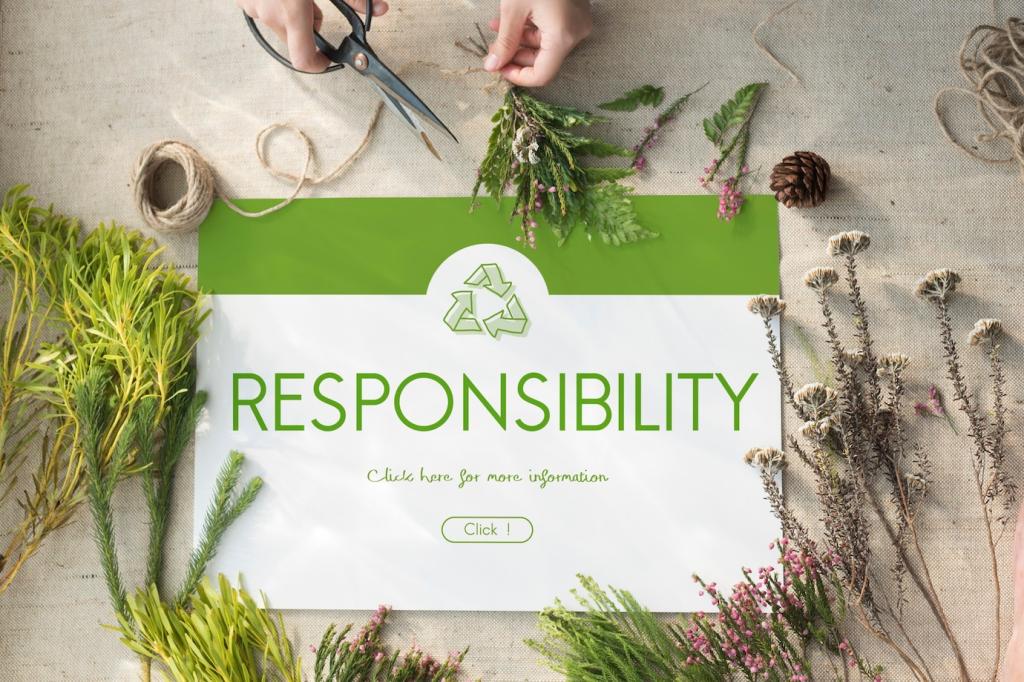Finding Your Authentic Green Voice
Start with the smallest verifiable truth: a recycled-material threshold, a supplier code, or a take-back program. Translate it into a single sentence customers can repeat. Honest, simple language turns values into memory, and memory into momentum.
Finding Your Authentic Green Voice
Replace vague claims like “eco-friendly” with specific, checkable details: material percentages, certifications, or lifecycle improvements. Avoid moralizing. Invite readers into the journey, acknowledge limitations, and show the next milestone. Transparency makes your tone persuasive without pressure.
Finding Your Authentic Green Voice
Stories hide in everyday processes: an energy audit that changed your lighting plan, a packaging test that cut air in boxes, a supplier visit that reshaped standards. Collect these scenes, name the people involved, and invite readers to follow the progress.








